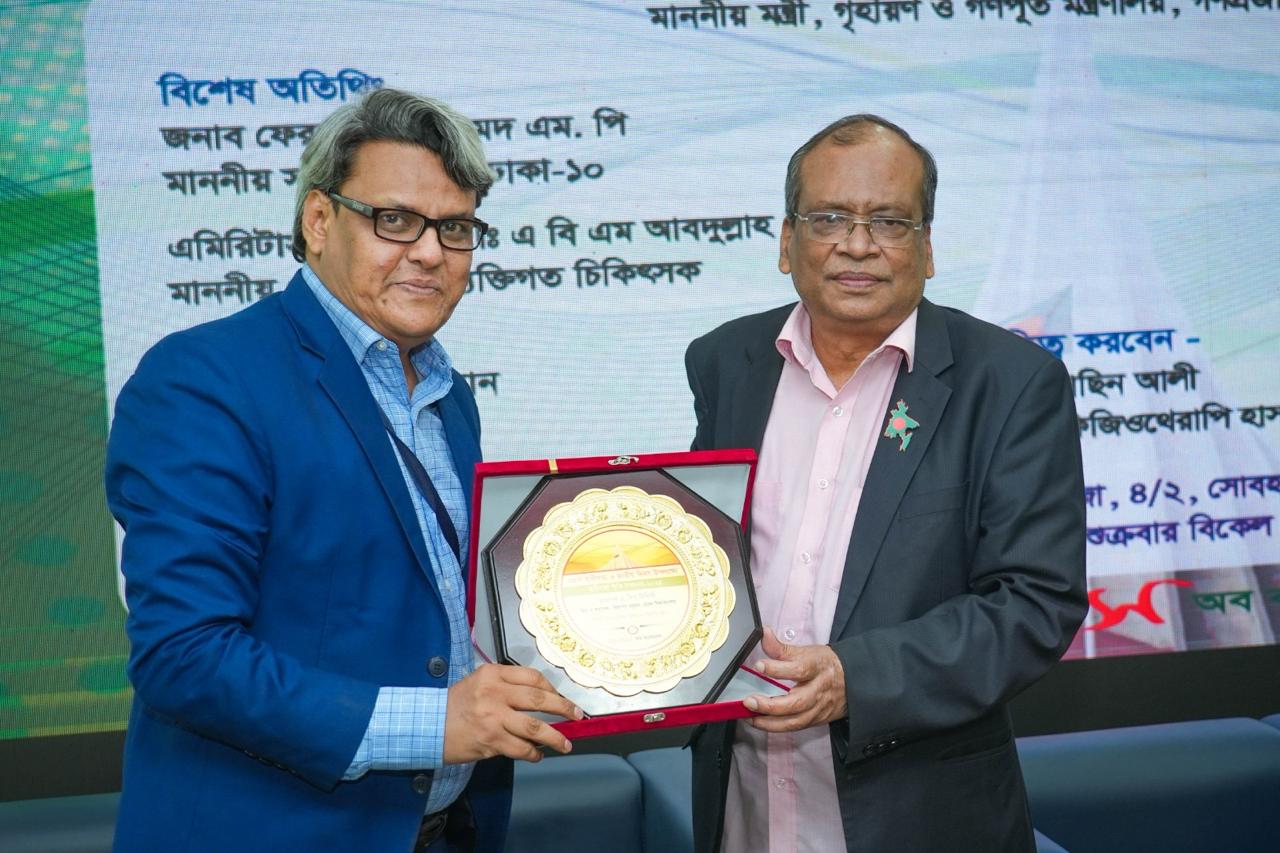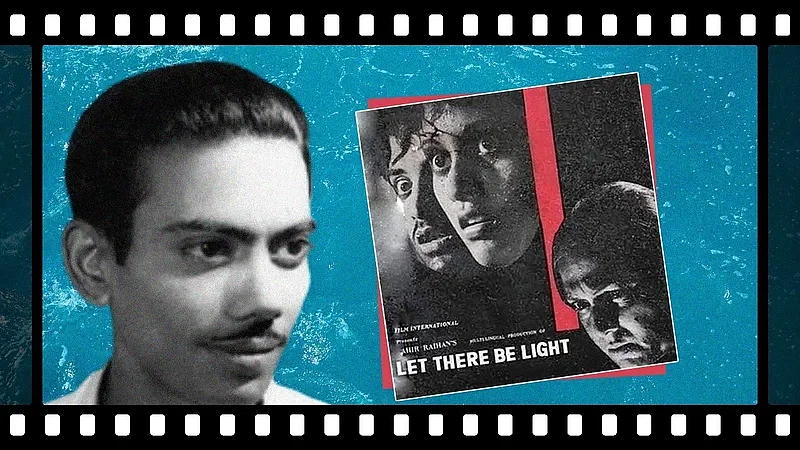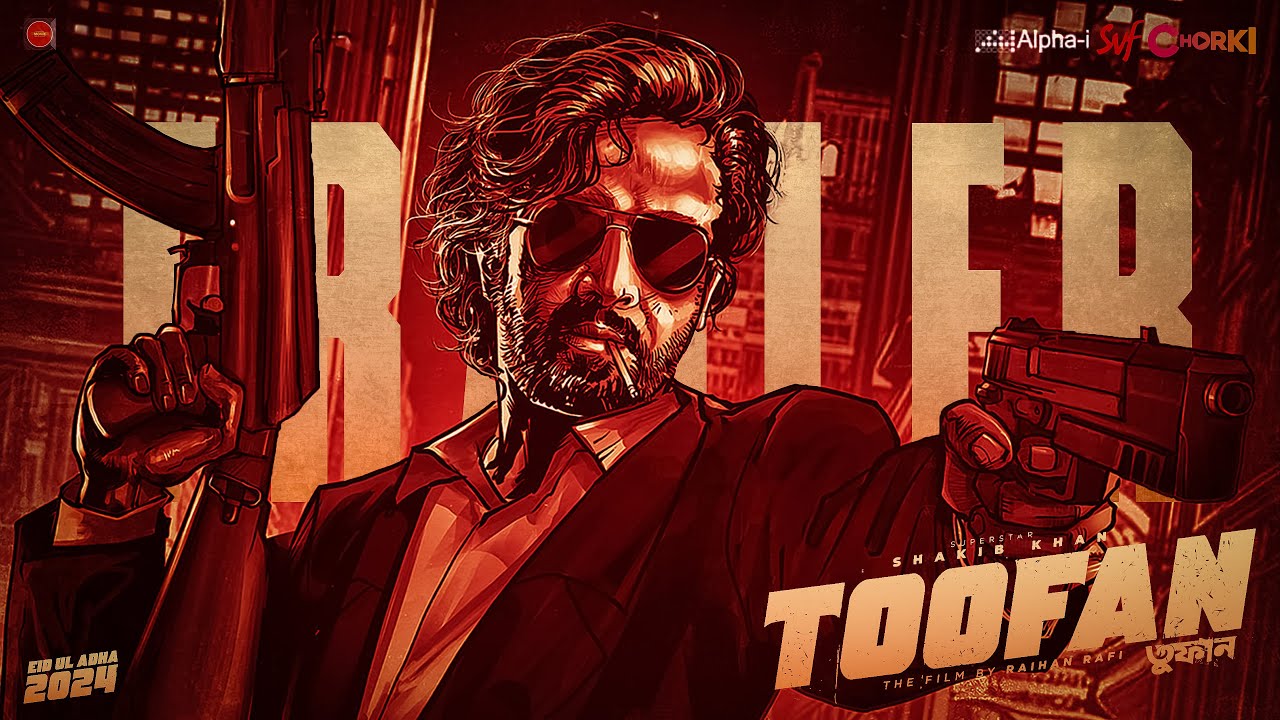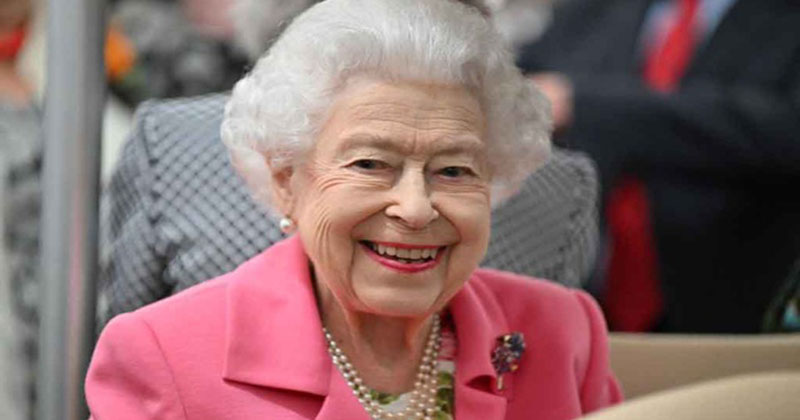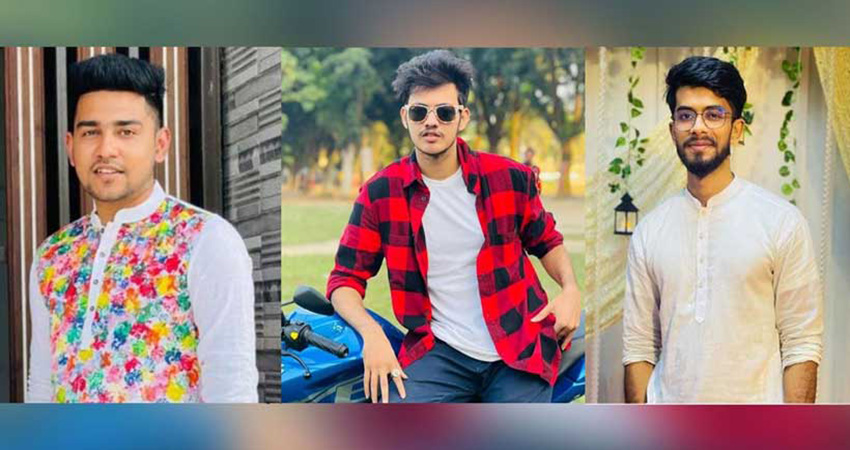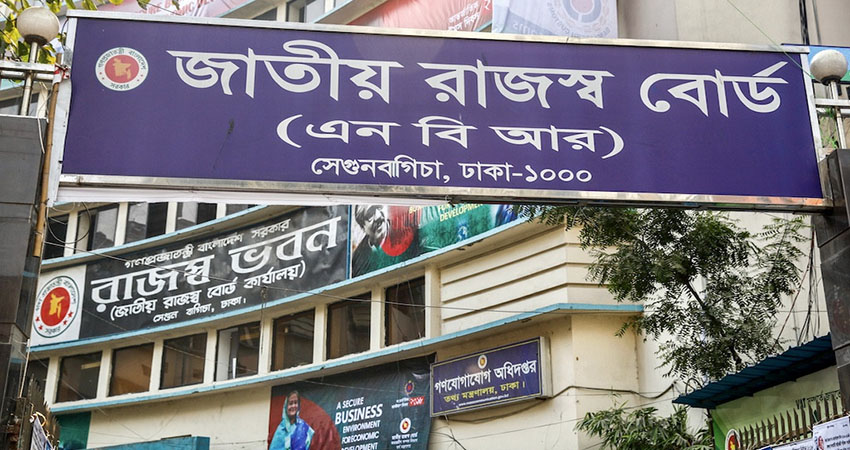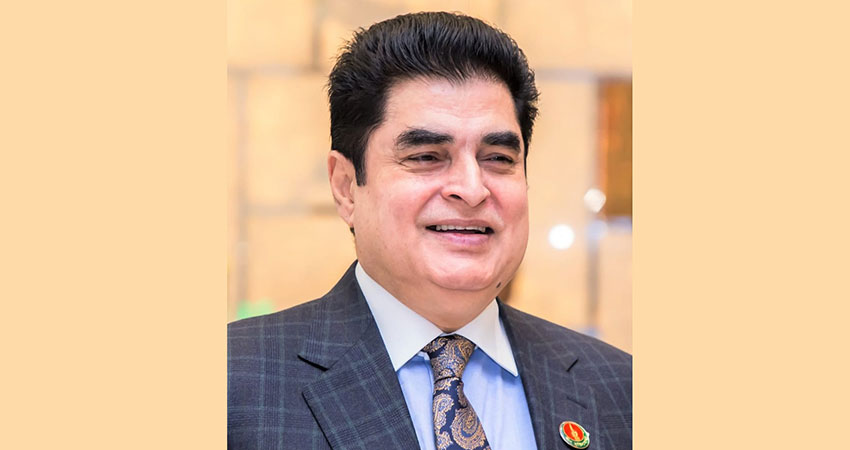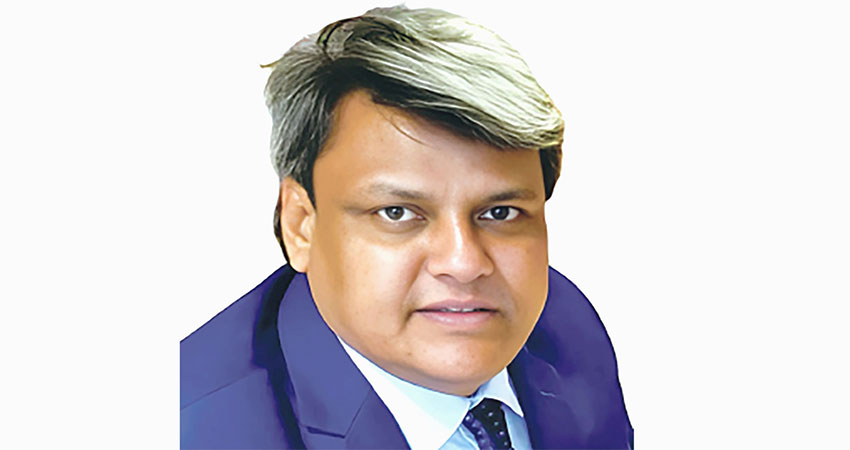Rajshahi University, the second largest university in Bangladesh located in the Rajshahi division, was established on 6 July 1953. Popularly known as Cambridge of the East, the university is in a 753-acre campus in Motihar, 5 kilometers from the Rajshahi city centre. In terms of academic activities it is the second largest and second oldest university in Bangladesh. Researchers of this university recently put significant effort and played a key role in bringing back Bangladeshi Muslin fiber.
The first proposal to establish a university came in 1917, when Calcutta University created the Sadler Commission to assess the university system in Bengal. However, the recommendations of the report had no immediate consequences. University of Dhaka, established in 1921. Demand for a university in the northern part of East Bengal gained momentum when two universities were set-up quickly in West Pakistan, using funding diverted from East Bengal, without the establishment of any in the east.
Students of Rajshahi College were at the forefront of the movement demanding a new university. Finally, Rajshahi was selected as the home for the second university in East Bengal and the Rajshahi University Act of 1953 was passed by the East Pakistan provincial Assembly on 31 March 1953. Itrat Hossain Zuberi, the principal of Rajshahi College was appointed its first vice-chancellor. Initially, the university was housed in temporary locations, such as the local Circuit House and Boro Kuthi, an 18th-century Dutch establishment.
B B Hindu Academy, a local school, housed the library, teachers' lounge and the medical centre. The university started out with 20 professors, 161 students and six departments-Bengali, English, History, Law, Philosophy and Economics. In 1964, the offices moved to the permanent campus. The 1960s was a turbulent period in Bangladesh, when demands for East Pakistani autonomy became stronger. The students and staff of the university started playing an increasing role in politics. On 18 February 1969, Dr. Shamsuzzoha, a professor, was killed by the police when he tried to prevent them from shooting student demonstrators. This date is now commemorated as Zoha Day.
During the Bangladesh Liberation War of 1971, the campus was used as a base by the Pakistan Army. A number of professors, students and officers of the university were killed by the Pakistan army during this period. After independence, a new act regarding the administration of the university came into being the Rajshahi University Act of 1973.
The post-independence years saw the university grow steadily in student enrolment and size of the academic staff. The circle of the emblem of the university represents the world. An open book is shown in red and gold: red representing one of the colors of the national flag and gold the value of education. The body of the book is blue, the color of the sky, and at the centre is a shapla flower, the national flower of Bangladesh.
The university's main campus is in Motihar, on the eastern side of the city of Rajshahi and a mile from the river Padma. It houses eleven large academic buildings - five for the arts, business studies and social sciences, four for the sciences and two for agricultural studies. The arts buildings are named after Muhammad Shahidullah, Momtazuddin Ahmed and Rabindranath Tagore. More towards the east lies the stadium, the new teacher-student centre and the main auditorium.
The Juberi international guest house, Rajshahi University School and the main residential facilities for the academic staff and university officers are at the southwestern part of the campus. Near the residential areas are residential halls for female students. The eastern part of the campus houses the Institute of Bangladesh Studies, the medical and sports facilities, but is dominated by the eleven large dormitories for male students. The second largest mass grave in Bangladesh from the 1971 war era is behind Shamsuzzoha Hall.
The Paris Road is one of the most soothing places inside the campus. It starts from just behind the Juberi international guest house and ends in front of the Shaheed Minar. It has been said that it has been named as Paris Road because of the trees beside this beautiful road originating from Paris. The campus also reflects the region's silk industry and fields of mulberry trees are in the campus for agricultural and research needs. The northern part of the campus houses a botanical garden, which has a good collection of rare plants.
The Boro Kuthi, where the university was established is still under university control. University of Rajshahi is home to many architectural and artistic landmarks. The Shaheed Minar is an important example, complete with a mural designed by Murtaza Bashir. The Senate House is a modern mini-parliament house, has 206 rooms and is fully air-conditioned. It is usually used for meetings of the senate of the university, but it accommodates national and international conferences, seminars and symposiam. In front of the Senate House is Shabash Bangladesh, one of the largest war memorial sculptures of the nation, designed and constructed by Nitun Kundu.
Golden Jubilee Tower, a 2003 addition to the university's array of sculptures, commemorates its 50th anniversary. It has also an open theatre and two beautiful murals. Other well-known buildings include the library and the university mosque. The university has residential halls for students and one International Dormitory. The halls are named after prominent Bangladeshi historical and cultural figures, some of them from Rajshahi. The largest men's hall is Shahid Habibur Rahman Hall, named after a mathematics professor killed on campus during the 1971 war by the Pakistani Army. The largest women's hall is Monnujan Hall, followed by Begum Rokeya Hall, named after Begum Rokeya Sakhawat Hussain, a leading figure in women's rights activism in Bengal.
The physical education department of the university is equipped with a stadium, two gymnasiums, one swimming pool, four football grounds, one hockey ground, four tennis courts, two basketball courts and a squash court. The Teacher Students Center was designed to be the centre of cultural activities of the university. The first convocation of Rajshahi University was held in 1953. The second, third, fourth, fifth, sixth, seventh, eighth, ninth, tenth and eleventh convocations were held in 1959, 1961, 1962, 1965, 1970, 1998, 2012, 2015, 2018 and 2019 respectively.
After the independence of the country, a special convocation was held on 22 April 1973 when Professor Khan Sarwar Murshid was the Vice-Chancellor. The then Chancellor of the University was President Justice Abu Saeed Chowdhury. At the convocation, French scholar Andre Malraux was awarded D. Lit. for his special contribution to the war of liberation. Prof. Dr. Itrat Hossain Zuberi was the first Vice-Chancellor.
Writer: Columnist, and Asst Officer, Career & Professional Development Services Department (CPDS), Southeast University.
Citizentimes/OH/MY


